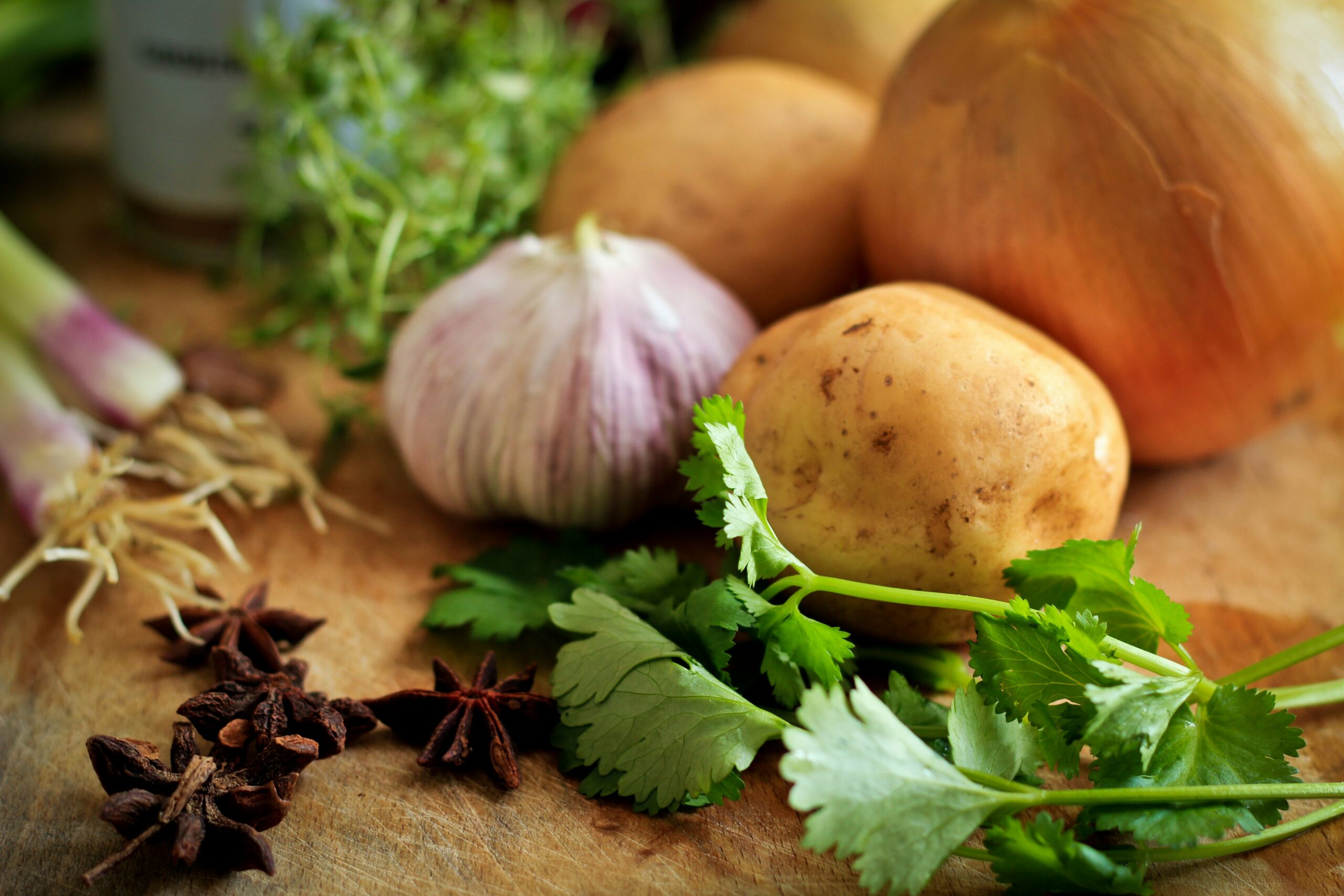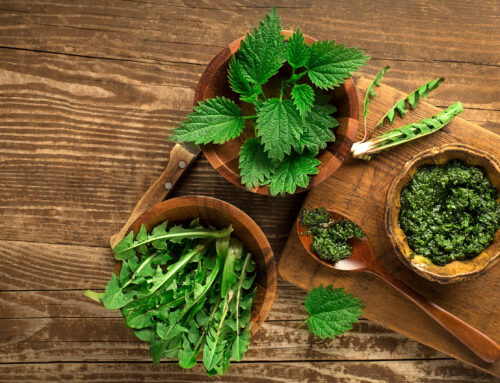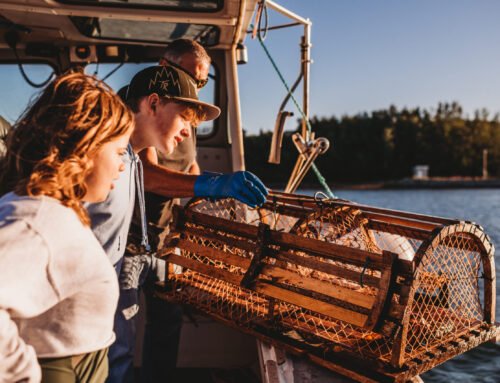Finding Your Local
By Ashley Crouse, Moth + Moon Farm
Embracing Regional Flavours While Supporting Local Food Systems

ISSUE
Spring/Summer 2024
One thing I’ve learned from running a farmers market is that almost everything we need is out there; we just need to make the effort to connect. By exploring local farmers markets, engaging with community food hubs, asking questions, and building relationships, you’ll realize that essentials like vegetables, high quality meats, honey, and maple syrup are in your backyard. The key is to seek it out; anyone can do it with time and dedication. Also, remember that “local” doesn’t always mean where you live; it could be the area you visit on vacation. It’s important to take a moment to support local sources wherever you are, as the money circulates back into those communities, benefiting everyone involved.
Explore nearby CSAs (community supported agriculture) to support local farmers directly, or visit farmers’ markets to create many connections in one place. Whether at home or traveling, discovering unique ingredients at local markets can create unforgettable culinary experiences. Nova Scotia has more farmers markets per capita then anywhere else in Canada, and our markets boast a diverse collection of dedicated artisans and farmers, each offering a wide range of flavors unique to their region. Connecting with the people who grow your food can help you understand it better, and most farmers are happy to share their advice on how to use the product, and even share their secrets on how to cook with it.
Another reason you should be seeking out your local food sources is the fact that produce starts to lose its nutrients as soon as it’s picked. Buying local vegetables offers numerous benefits, with freshness being a significant advantage. Local produce doesn’t have to travel long distances, reducing the time between harvest and consumption. This shortens the supply chain, preserving the vegetables’ nutrients, flavor, and texture. Additionally, supporting local farmers promotes sustainability by ensuring these farmers are able to continue supplying these products to the area. Ultimately, choosing local vegetables, meats and other goods, not only guarantees superior freshness but also makes it easy to contribute positively to the environment and local economy.
So, let’s define what “local” means to us; it may not always be just around the corner—it could be within the province or country. Striving to keep things as local as possible helps create the sense of connection and support humans crave, while also cutting down on unnecessary transportation, and ensuring that you’re eating as clean as possible. Now more than ever, it’s important we all make an effort to support our local food systems and help them thrive.






